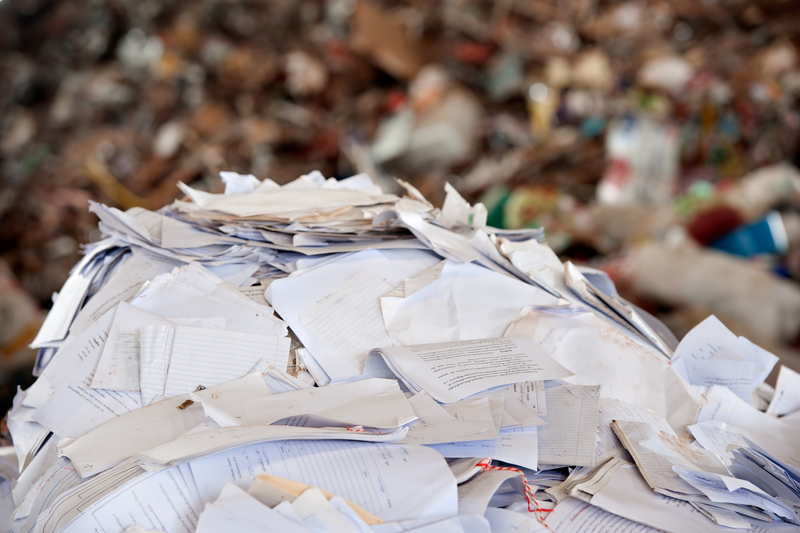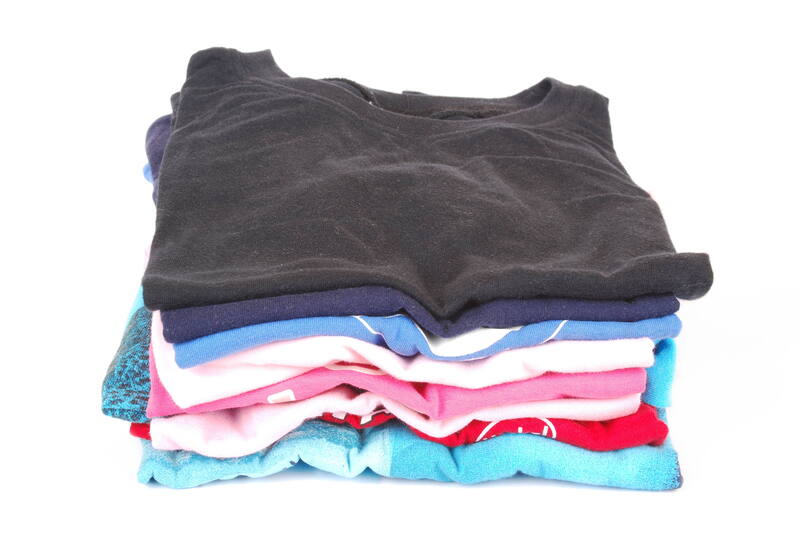Step by Step Cardboard Disposal for Eco Conscious Packaging
Cardboard disposal is an essential process in the journey towards sustainable living and eco conscious packaging. With e-commerce booming and packaging waste piling up, knowing how to dispose of cardboard boxes responsibly is crucial for both individuals and businesses. In this comprehensive guide, we'll walk you through a step by step approach to cardboard disposal that's eco-friendly, informative, and practical for everyday use.

Why Proper Cardboard Disposal Matters
Every year, millions of tons of cardboard are used and discarded. Eco friendly cardboard disposal is not just about getting rid of waste; it's about creating a sustainable loop where materials are reused and landfills are minimized. Cardboard is one of the most recyclable materials, but only if processed correctly. Improper disposal leads to environmental issues like increased landfill waste, pollution, and wasted resources.
Benefits of Recycling and Eco-Conscious Packaging
- Conserves Natural Resources: Recycling cardboard saves trees, water, and energy.
- Reduces Landfill Waste: Proper disposal cuts down on landfill usage and greenhouse gas emissions.
- Supports a Circular Economy: When you recycle, you help create new packaging from old material.
- Encourages Responsible Consumption: Eco conscious packaging signals environmental commitment.
Step by Step Guide to Eco Friendly Cardboard Disposal
1. Review Local Recycling Guidelines
Begin by checking your local municipality's rules on cardboard recycling. Some areas have curbside recycling programs, while others require drop-off at local centers. Guidelines may vary regarding accepted types (corrugated vs. paperboard), sizing, or if waxed and food-soiled boxes are permitted.
2. Empty and Clean the Cardboard
Before disposing of any box, remove all contents. Discard plastic wrapping, bubble wrap, or foam inserts separately. For food containers, ensure they are empty and free of grease, food, or liquid residue. Contaminated materials often cannot be recycled and could compromise a whole batch.
- Remove all tape, labels, and stickers when possible.
- Flatten large boxes for easier storage and collection.
- Set soiled cardboard aside for composting or trash if recycling is not possible.
3. Break Down and Flatten the Boxes
Properly breaking down boxes is a crucial step in eco conscious cardboard disposal. Use scissors or a box cutter to break down large or thick containers. Flattening saves significant space during transport and processing.
4. Separate Cardboard by Type
Some recycling facilities require you to separate corrugated cardboard (the kind with zig-zag layers and commonly used for shipping) from paperboard (thinner material like cereal boxes). Mixed loads can sometimes cause rejection, so always double-check before moving on.
- Corrugated Cardboard – sturdy, used for boxes and shipping.
- Paperboard/Cardstock – used for smaller packaging, like shoe boxes or snack boxes.
- Waxed or Coated Cardboard – often not accepted in standard recycling.
5. Dispose in the Right Bin or Collection Point
Place your sorted and flattened cardboard for recycling according to your local program's guidelines. For curbside pickup, make sure the material is dry and shielded from rain, as wet cardboard may not be recyclable. For drop-offs, use the designated bins.
- Bundle large quantities with twine if required by your recycling center.
- Do not leave cardboard outside if rain is expected.
- Never burn cardboard due to toxic fumes and pollution.
6. Reusing Cardboard Before Disposal
Responsible cardboard waste disposal isn't just about recycling; consider reusing boxes whenever possible. Extend the life of packaging before it enters the recycle stream to minimize the need for new materials.
- Use old boxes for storage or moving.
- Donate clean boxes to local shops, schools, or moving services.
- Turn cardboard into craft supplies, pet bedding, or weed barriers in your garden.
Advanced Eco Conscious Packaging: Composting Cardboard
Did you know that cardboard can also be composted? If recycling isn't available or you have soiled, uncoated cartons, composting can be a perfect alternative.
- Tear or shred cardboard into small pieces.
- Mix with "green" compost materials (like vegetable scraps) to balance carbon and nitrogen.
- Use only non-waxed, non-coated cardboard free from heavy inks or chemicals.
*Remember*, coated or plastic-lined boxes should not be composted.
Eco Friendly Disposal for Businesses
Businesses generate a significant amount of cardboard waste from shipping, receiving, and packaging. For an eco friendly disposal process, organizations can take several steps:
- Train employees on proper sorting and breaking down of boxes.
- Partner with recycling companies for scheduled pickups.
- Explore bulk cardboard compactors to reduce space and improve efficiency.
- Switch to recyclable or biodegradable shipment materials.
Consider Closed-Loop Packaging
Some companies offer closed-loop programs, where shipping materials are collected, cleaned, and reused or recycled back into new boxes. This model is an outstanding step toward zero-waste packaging.
Tips to Reduce Cardboard Waste in Packaging
- Choose right-sized packaging: Reduces the amount of cardboard used and unnecessary filler material.
- Encourage your suppliers to use eco conscious packaging: Request options made from recycled or sustainably sourced materials.
- Implement return-and-reuse systems for packaging within your supply chain.
- Communicate your eco disposal practices to customers to promote sustainability awareness.
Cardboard Disposal Myths Debunked
Many misconceptions exist around the best way to dispose of cardboard in an environmentally responsible manner. Let's clear up a few:
- Myth: Cardboard breaks down quickly in landfills.
Reality: Without air and sunlight, even biodegradable materials like cardboard take years to decompose in landfills, releasing methane for a long time. - Myth: All cardboard is recyclable.
Reality: Waxed, heavily printed, or food-soiled cardboards are often rejected by recyclers. - Myth: You can recycle greasy pizza boxes.
Reality: Grease and cheese residue contaminate recycling. Compost the clean, uncoated parts only.
Innovations in Sustainable Cardboard Packaging
To support easier eco friendly cardboard disposal, manufacturers are increasingly developing packaging that is easier to recycle and reuse:
- Modular designs that require less tape and are easier to break down.
- Water-based inks and adhesives that don't interfere with recycling.
- Compostable or biodegradable coatings as alternatives to plastic lamination.
Support companies and products that prioritize sustainable cardboard packaging! Not only does it make disposal easier, but it also encourages greener corporate practices.

Frequently Asked Questions on Cardboard Disposal
Can I recycle wet cardboard?
It's best to keep cardboard dry for recycling. Wet cardboard can clog sorting machines and may not be accepted, as it's often weakened or contaminated.
What do I do with cardboard that has tape or labels?
Most modern recycling facilities can process minor amounts of tape or labels, but removing them when possible produces a cleaner recycling stream.
Is colored or printed cardboard recyclable?
Yes, in most cases, as long as the print is not metallic or overly glossy. Highly dyed or metallic-coated boxes require special processing.
Can I put cardboard in the compost?
Absolutely! Only use uncoated, unprinted, and non-waxed cardboard. Avoid glossy, plastic-lined, or heavily printed materials.
Conclusion: Your Eco Conscious Cardboard Disposal Checklist
- Check local recycling rules before disposal.
- Remove all packing material, food residue, and tape.
- Break down and flatten every box.
- Separate cardboards by type if necessary.
- Reuse before recycling – store, donate, or craft.
- Compost if recycling isn't available or the box is soiled.
- Encourage eco conscious packaging choices throughout your home or business.
By following these step by step guidelines, you'll master the art of eco conscious cardboard disposal. Your effort will contribute to less waste, cleaner communities, and a more sustainable future -- one box at a time. Make every package count for the planet!



